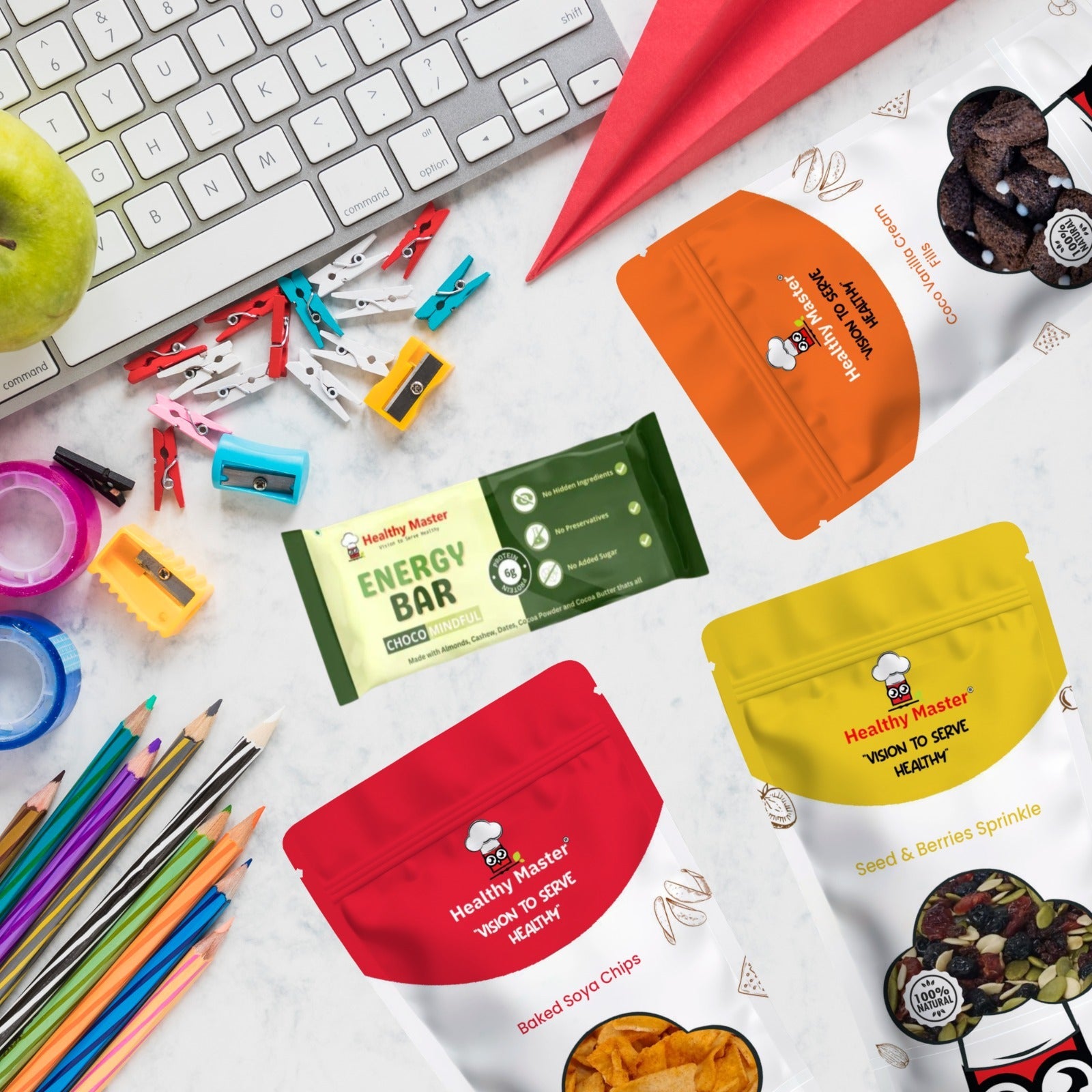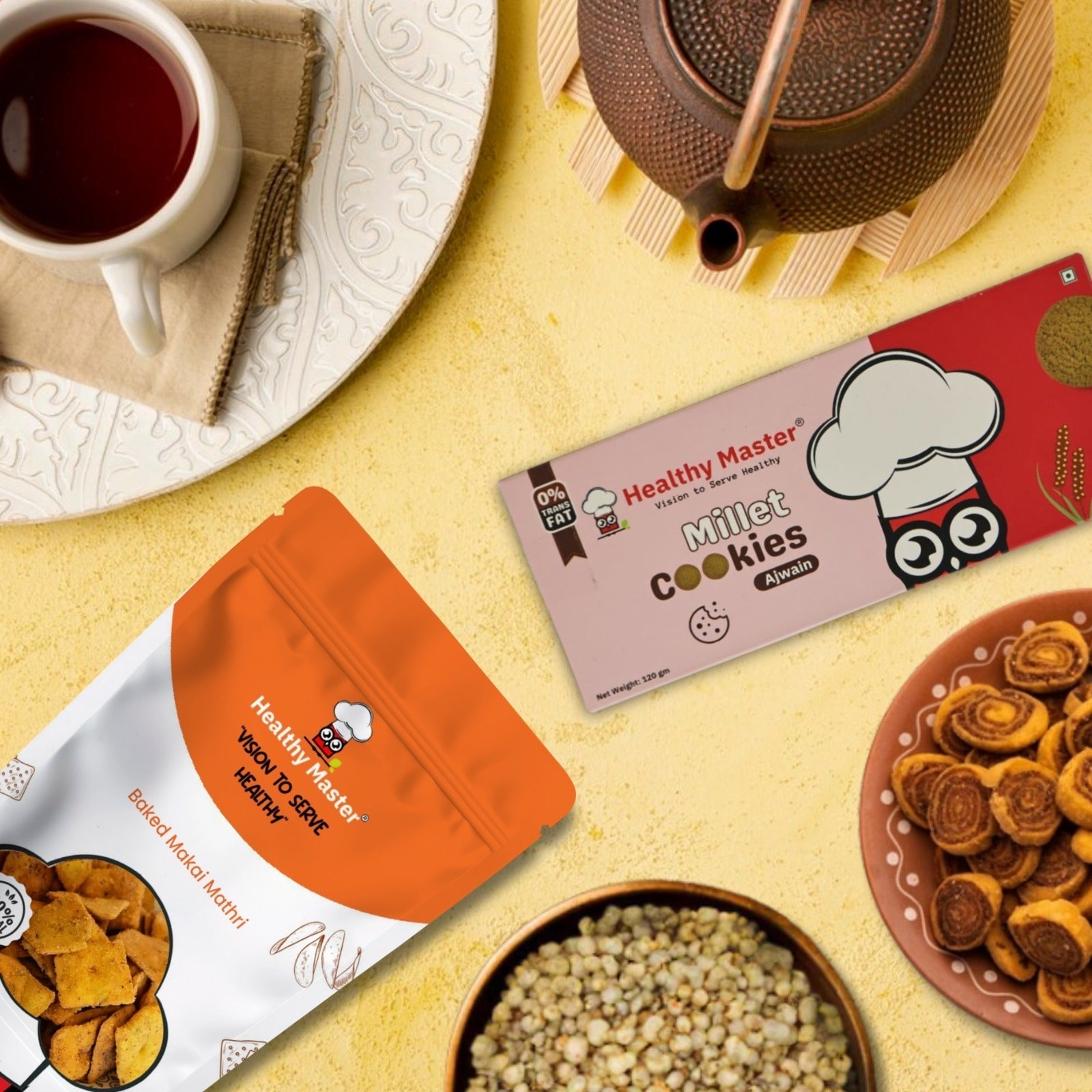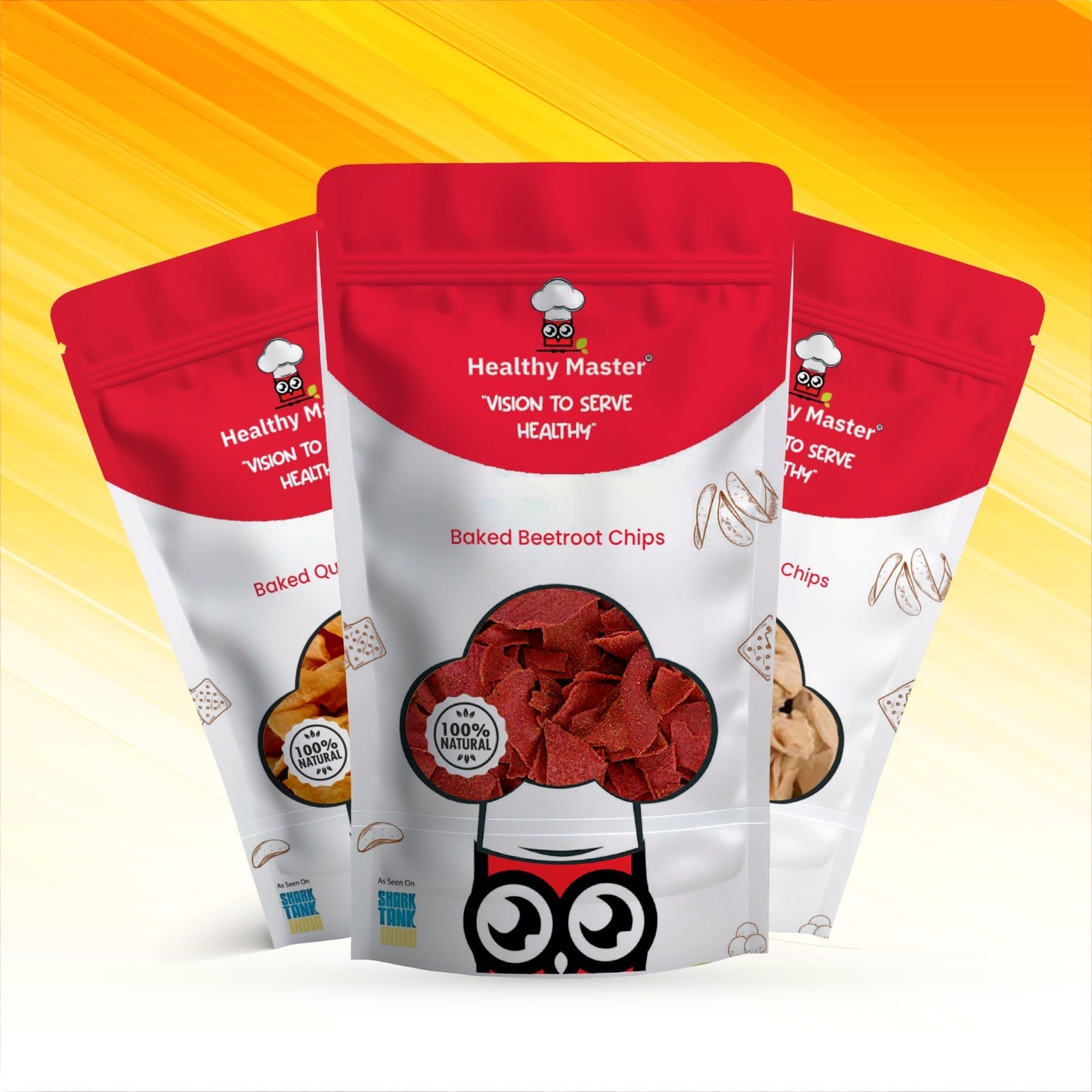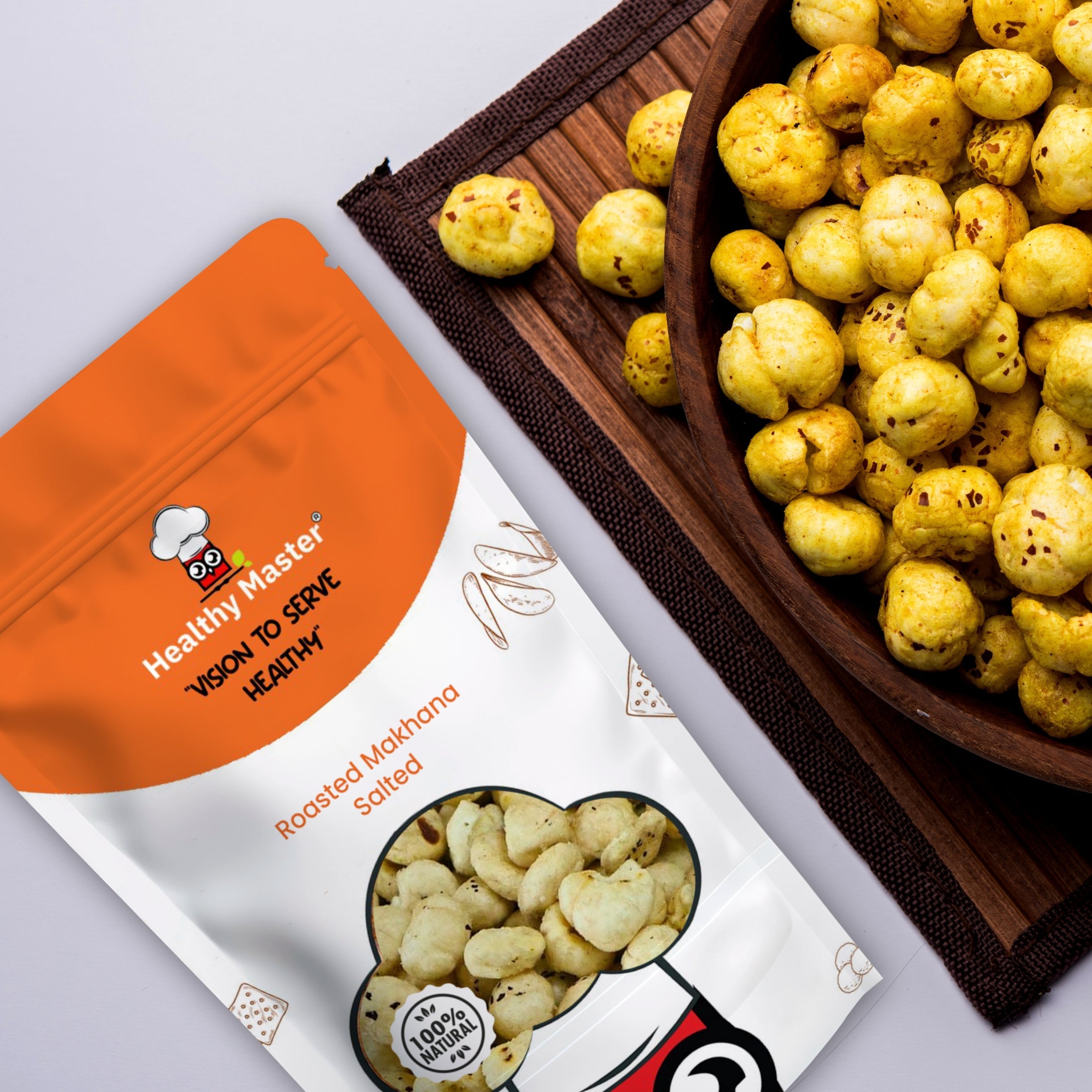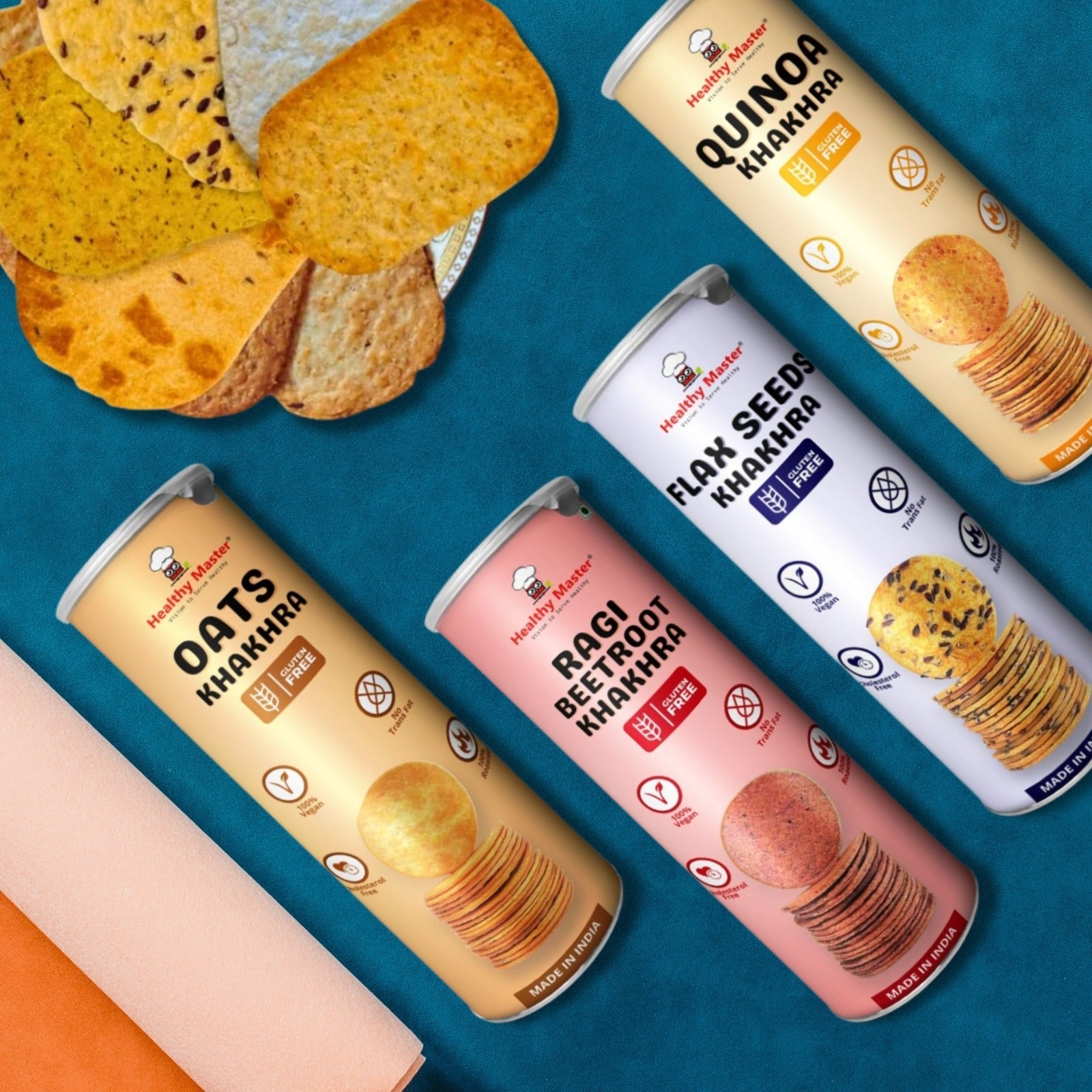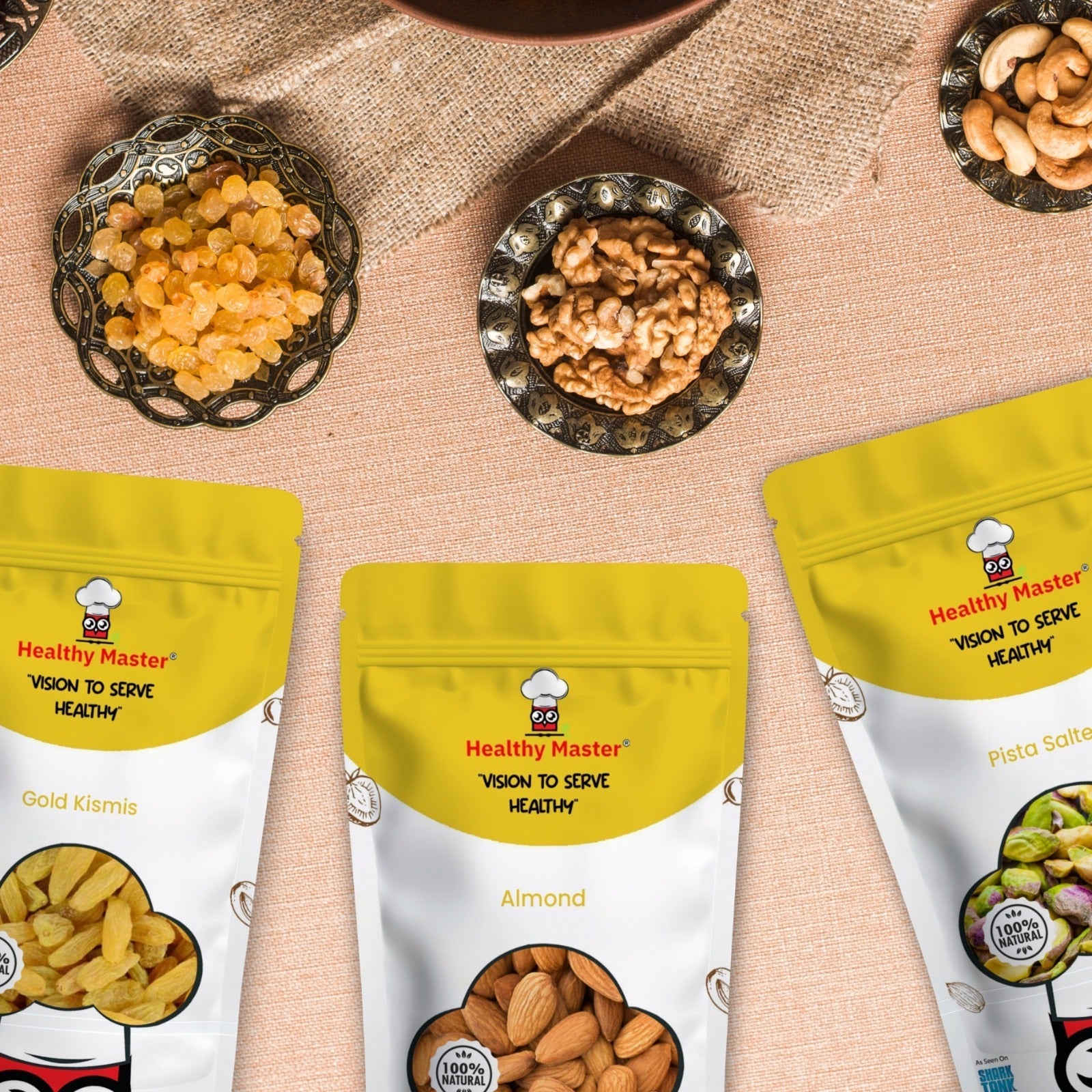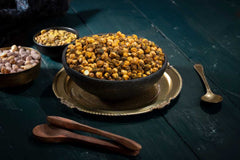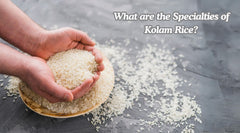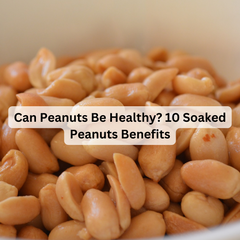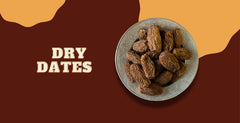We cannot forget chia seeds when we talk about superfoods. Yes, they’re tiny, but their nutritional values are big. One question we often hear at Healthy Master is this: chia seeds raw vs roasted, which is better for your health? It’s a fair question and one we’ve asked ourselves, too.
After spending this many years in the healthy snacking industry, we’ve gathered deep knowledge and insights that are beyond surface-level comparisons. So let’s finish the debate, raw vs roasted chia seeds, which form should you be adding to your morning smoothies, baked goods, or lunch salads?
Chia Seeds: Tiny Seeds, Big Benefits
But before talking about which is better, chia seeds raw vs roasted, it’s important to understand why chia seeds are used by so many and are trending in the first place.
These little black (and sometimes white) seeds pack a powerful punch:
-
Rich in omega-3 fatty acids
-
Loaded with fiber
-
High in plant-based protein
-
Packed with calcium, magnesium, and iron
-
Contains antioxidants that help fight inflammation
They’re also gluten-free naturally, making them best for those with dietary restrictions. You can do both with them, whether soak them in water to form a gel-like texture or dry-roast for a crunchy texture, chia seeds can do it all.
Nutritional Value of Raw vs Roasted Chia Seeds
Let’s talk about the micros in macros. Raw chia seeds are one of the most nutrient-dense seeds, holding every bit of their original value. They’re completely unprocessed, meaning no heat, no chemical treatment - just nature doing its thing.
You might be thinking, What about the roasted ones, right? Coming to the roasted chia seeds, they are roasted at low temperatures (below 160°C) and they still preserve a majority of their nutrients, especially if done dry. However, roasting at higher temperatures may lead to a minor loss in:
-
Heat-sensitive omega-3 fatty acids
-
Certain antioxidants
-
Vitamin B
But still, if you are someone who doesn't like that slimy texture of the chia seeds, but still wants to enjoy the benefits of chia seeds, you can gently roast them at low temperature. Roasted chia seeds offer enhanced flavor and crunch, which many of you may like, and they make them more enjoyable in salads, snack mixes, or yogurt bowls as sprinkles.
Which Form Is Easier to Digest?
The most asked question to us is “Which form is easier to digest?” It’s a good question, and this is where experience counts. As a brand that works closely with superfoods and real consumers, we’ve seen how digestibility can vary from person to person because every person’s body is different.
-
Raw chia seeds, especially when soaked, form a gel-like coating that makes them easy on the digestive system. Soaking helps prevent bloating and allows nutrients to be absorbed better.
-
Roasted chia seeds don’t form that gel. They tend to pass through the digestive system a bit faster and may not offer the same hydration benefits.
If you’ve had bloating issues with seeds or high-fiber foods before, soaked raw chia will be perfect for you.
Do Roasted Chia Seeds Lose Nutrients?
This question is one of the top concerns for health-focused eaters, and obviously, like why not? So being very honest, the answer is YES, some nutrients are lost during roasting, but it depends on how they’re roasted.
-
Dry-roasting at low heat: Retains most minerals, keeps the crunch, and adds flavor.
-
High-heat roasting or roasting with oil: Can degrade healthy fats and reduce antioxidant activity.
The key here is moderation and temperature control. At Healthy Master, our roasted chia blends are made in a controlled environment where nutrition comes first.
Also read about: Chia seeds for skin
Best Use Cases: Smoothies, Salads, and More
You might be wondering, about how should you use the raw and the roasted forms? Here’s how we break it down based on experience and customer favorites:
Raw Chia Seeds
-
Smoothies: You can soak and blend them for a thicker texture.
-
Puddings: You can also combine it with almond milk and a natural sweetener, and leave overnight.
-
Baking: You can mix it with water to create a vegan egg substitute.
-
Hydration drinks: You can add chia seeds to lemon water for a natural energy booster.
Roasted Chia Seeds
-
Toppings: Simply sprinkle them on an avocado toast or Greek yogurt.
-
Trail Mixes: It adds a crunchy element to your trail mix
-
Salads: To the salads it gives a toasted, nutty edge.
-
Savory snacks: Often mixed with our healthy millet snacks like millet cookies for added texture.
It’s really about how you like your texture, slimy gel-like or crunchy? It's up to you.
Raw Chia Seeds: Soaking vs Sprinkling
Within the raw chia camp, another debate exists: to soak or not to soak?
Soaking Pros:
-
Easy to digest
-
Enhanced absorption of nutrients
-
Hydrating the body
-
Great for making chia pudding
Sprinkling Pros:
-
Quick and convenient
-
Easy to mix into cereals, oats, and salads
-
Adds light crunch without altering flavor
From our experience: if you’re consuming more than a tablespoon per serving, soaking is recommended. But for a quick nutritional boost, dry-sprinkling does the job just fine.
Which Is Better for Weight Loss?
This is where many health-conscious consumers lean in. Chia seeds raw vs roasted, which supports weight loss more effectively?
Here’s the to-the-point answer:
-
Raw chia seeds, when soaked, absorb up to 10 times their weight in water. This helps you feel full for longer, curbs hunger, and supports digestion, all essential for weight management.
-
Roasted chia seeds retain most of their fiber, which still helps with satiety, but they don’t provide the same hydration benefit as soaked raw seeds.
In short, if weight loss is your goal, you don't have to think much about raw vs roasted chia seeds; the answer is in front of you! But roasted is still a good low-calorie snack when portioned right.
Also read about: How many chia seeds to have for weight management.
Cooking Tips and Storage Advice
From someone who’s burned a batch or two in the past, don’t roast chia at high heat! They’re tiny, and they burn fast.
Roasting Tips:
-
Keep the temp below or up to 160°C (320°F)
-
Dry roast, don’t add any oils or anything
-
Use a non-stick pan and stir continuously for even roasting
Storage Tips:
-
Store both raw and roasted chia seeds in airtight containers
-
Keep in a cool, dark place (the fridge is ideal for raw seeds)
-
Avoid moisture, chia seeds are highly absorbent
If you buy in bulk from our Healthy Master collections, portion them into small glass jars for daily use.
Raw or Roasted: What Experts Recommend
We’ve spoken to multiple certified dietitians and nutrition experts while creating our chia product line. What works best often depends on lifestyle:
-
On-the-go? Roasted works better.
-
Focusing on weight loss or digestion? Go raw, and soak them.
-
Want both? Alternate or combine them! That’s what many of our long-term customers do.
Conclusion: Which Should You Choose?
If you’re still wondering, chia seeds raw vs roasted, which should I buy? Here’s our honest advice:
-
Go for raw chia seeds if your priority is maximum nutrition, hydration, and digestive ease.
-
Choose roasted chia seeds if you prefer flavor, crunch, and convenience, especially for snacks and salads.
Or better yet, keep both in your pantry! We at Healthy Master believe in real food for real life, and life doesn’t always fit into one neat category. We have the purest and most premium quality chia seeds.
Ready to try both versions and see what works best for your body and taste buds? Also, explore the collection of seeds and seed mixes; we’ve got your wellness journey covered!
 Deal of the week : Trial Snack Box - 18 Wholesome Delights Just at ₹ 899.00
Deal of the week : Trial Snack Box - 18 Wholesome Delights Just at ₹ 899.00

